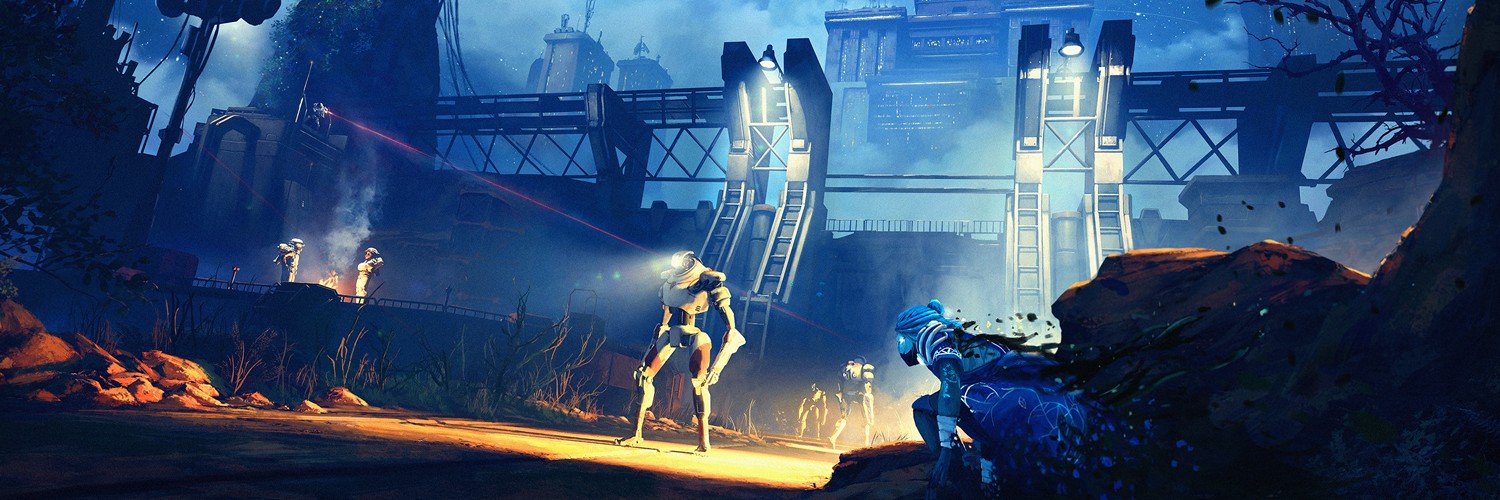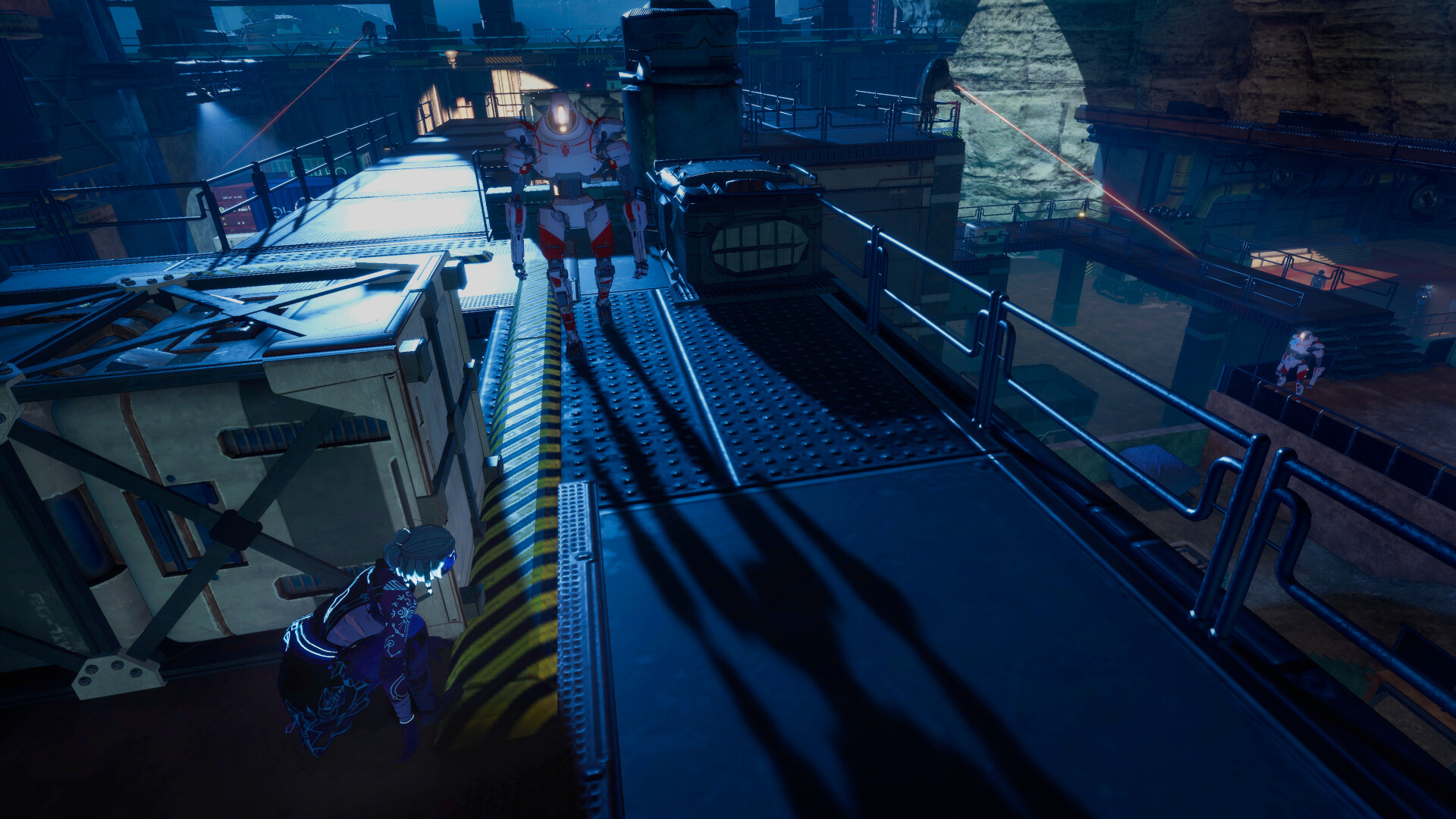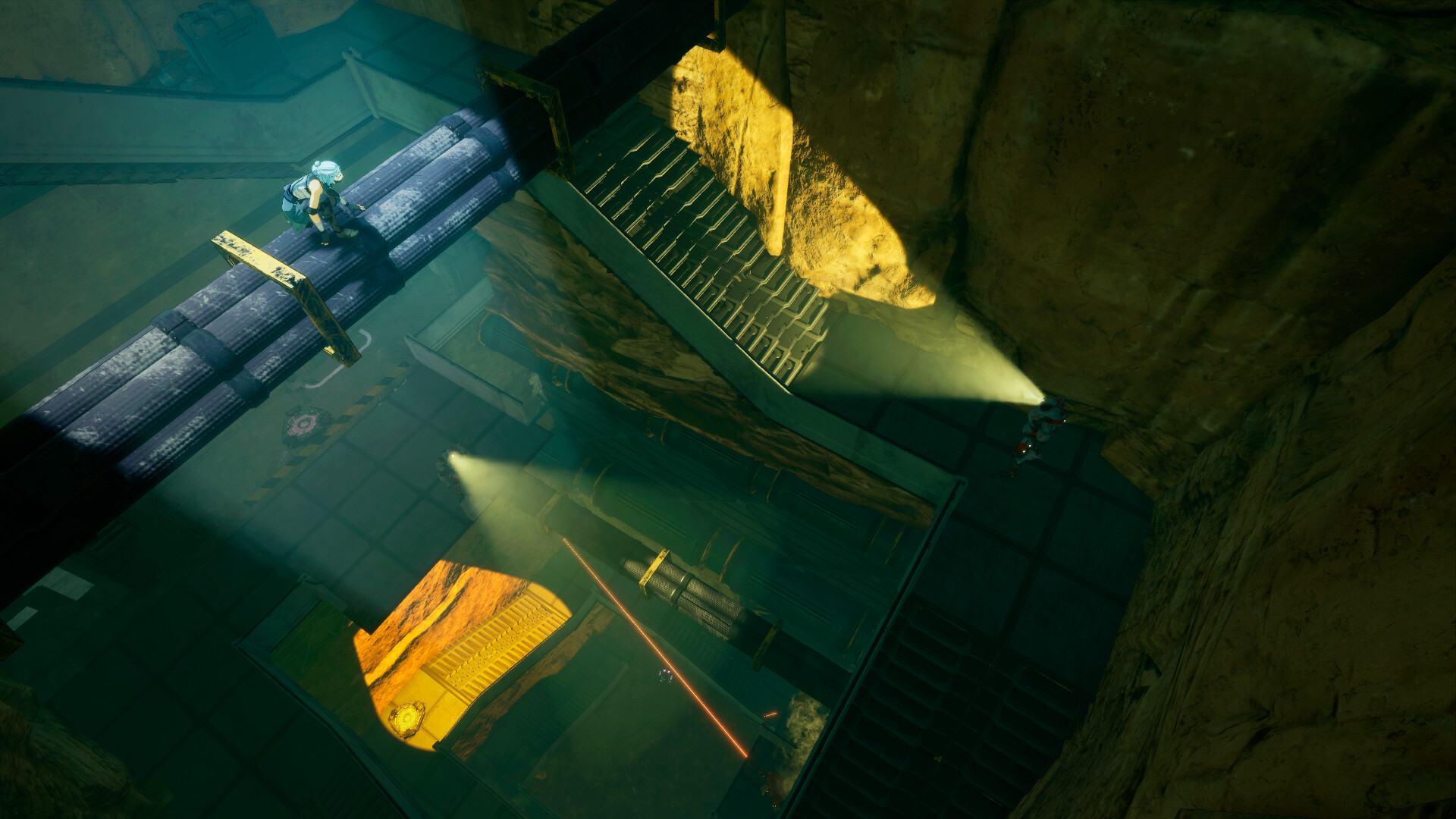
Ereban: Shadow Legacy PC Review
Let’s just get it out of the way – Ereban is a lot like Aragami. It’s a clear inspiration and perhaps even the spark that ignited the team to build such a game. They’re both 3rd-person stealth action games with shadow powers – very similar shadow powers, as far as I can remember. Especially the main one that allows you to sink into and navigate shaded areas unseen, even moving up walls and across structures. However, where Aragami allowed the player to blink around with teleportation, Ereban instead leans into the need to platform and consider your movements much more like classic entries in the genre of clandestineness, which actually made for some of the more interesting parts of the game for me. However, this change of direction also opened up the door for my main gripe – that the controls can often cause the player to fumble their actions. This frequently turns a sweet ninja escape scene that makes you feel like a badass into a total farce, making the protagonist look like a big dumb-dumb as she drops out of her hidden position right into a circle of enemies who immediately choke her out all because of an unpredictable camera shift that recontextualised what direction ‘up’ is. The whole experience is like this, actually. Full of peaks and troughs.
We start out having already accepted an invitation to visit one of the Helios corporation’s spaceships so they can run some tests on Ayana, the protagonist. Though she doesn’t trust this company that essentially runs the universe as the sole energy provider based on their cultish mannerisms and their workers’ fanatical obedience, she walks confidently into what could easily be a ruse because she needs to learn more about her people. See, she is the last remaining Ereban (a non-human who is basically human in every way but with blue hair and shadow powers). Would you know it, it’s a trap. They already know everything she can do and even test a new dart device on her that strips away her powers, something that seems pretty powerful for your enemies to have but that is only ever used by robots that can already render you helpless by tracking a light on you and take you out upon contact. But with a little help from a rebel in disguise, Ayana catches a lucky break. Managing to bust out and crash the whole ship into the nearest planet and second level.

It’s an interesting start and throws us right into the thick of it going against the big bad and the living AI that leads them. This stage has it all – optional upgrade materials secured by heavily-guarded side-areas and secret pathways that require a keen eye and clever use of the traversal mechanic, as well as a number of enemy arrangements consisting of wide open areas and tight setups both. A perfect training ground for testing your skills in covert operations or automaton butchery. It’s also a little bit too big. It’s a rather long stage, first time through at least, but it’s still nowhere near the size of some later missions. The problem is that there’s no need for such scope outside of world-building. There are too many sections that don’t present new or interesting challenges, especially considering that outside of the aforementioned finicky controls there’s very little challenge to be found anywhere. With just a quick glance around any area finding a route becomes effortless as you saunter through entire patrols, popping up for a quick stab every now and again should the feeling take you, and there are simply not enough lights. If you were protecting something or someone from a person who can slip in and out of shadows like a British person trying to stay out of the sun on holiday you would have more lights! Lights that move, lights that block obvious routes, lights everywhere! I consider this a plot hole, or that AI overlord is running on Vista.
The negatives continue with the ongoing plot that is actually pretty interesting right up until the very end. The big finale turned big disappointment. After several ‘twists’, communicating with ancient Erebanian artefacts, and learning about the history of the conflict between them and the original members of Helios, it all ends with a little cutscene explaining what happens next. Oh, and that outcome is determined by your morality and a single decision. Yeah, there’s a morality bar. It’s based upon how many people you kill but you actually don’t have to kill any of them, although the game never explains that. Each stage has three ‘achievements’ to unlock based on how you complete it; without being detected, without hurting anyone or anything, and ‘ruthlessly’ (which I took to mean murdering everything, obviously). Apparently that doesn’t include the humans scattered around though. Killing them only damages your ‘goodness’ rating and replaying a level mercifully does not allow you to take that back – you killed them and now you’re a meanie, locked into the bad ending even though you can still choose the bad outcome even if you end the game all angelic-like. WHY?! It’s so bizarre to watch the main character just immediately flip her lid and decide to let everyone die, including her new bestie and main connection to humans (even though, as mentioned, she is basically just a human).

The lack of explanation around or need for this mechanic and the way it ruins the ending is devastating. Pile on the fact that we never learn anything about Ayana the entire game and you’ll quickly see my frustration. I mean, who did she grow up with because it seems she never knew her parents but also doesn’t have any humans in her life? What was she doing the day before the game began, even? Sulking in a cave? It’s clear she’s a plot device and nothing deeper. Funnily enough she even sort of starts off as a generic sass-Queen with her stupid rebuttals and terrible monologues but quickly became a character I rather liked, as if they had recognised too late that she could be made interesting. Keeping all that in mind, it’s simple to see why most every big reveal falls flat on their face, seen coming a mile away. Everything is made so convenient in both the story and the gameplay, it’s like the whole thing is just a theatrical performance and that with a good enough shove any of the set pieces would fall over, revealing themselves to be nothing more than paintings. I complain so desperately not because these issues destroy the game at its core but because they make a good game dull, and that’s the greatest sin of all. A pity then that the ending(s) would imply there’ll be no sequel as I believe that with the power of hindsight another entry could be excellent.
More interesting abilities and skill trees that don’t boil down to just controlling enemy movements or taking them out from a distance would go a long way – maybe the ability to create shadows to cross gaps or manipulate light, which could be used for combat and exploration. What about a way to escape after being seen so it’s not a mad dash to the closest wall or instant death, more like Mark of the Ninja? Boss fights perhaps? Some light combat mechanics could solve those and there’d be something to fall back on if in a particularly well-illuminated area. I’d love to see them building out Ayana as a person and how the connections she makes affect her decisions instead of a random bundle of choices that come out of nowhere. More focus on the individuals in the story instead of the universe and main plot to give those choices weight. Perhaps shorter, tighter assignments that force the player to think strategically and actually rely on their powers instead of making them overpowered optional free-passes. Like I said, peaks and troughs. Ereban: Shadow Legacy is a lot like Aragami. And I need more of that, it’s just a kickass concept. But it needs some tough love and design direction if it ever wants its players to really be a part of the world they’re creating or to feel like an Ereban.
